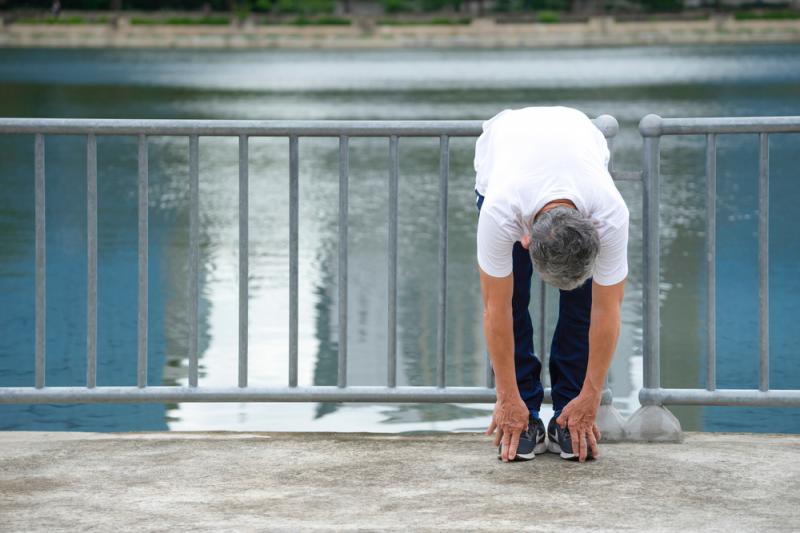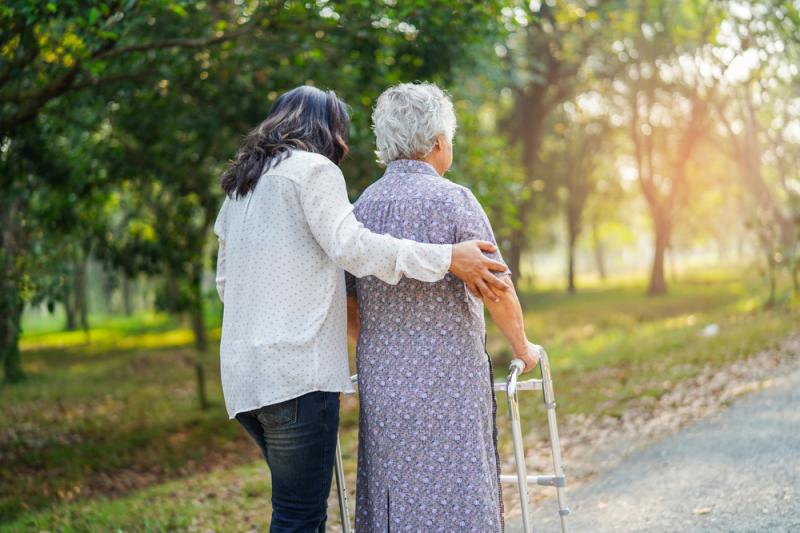6 Ways To Prevent Injuries In Older Adults

Senior adults are at increased risk for injury because their bones are more brittle, and ligaments and tendons aren't as elastic. And their reaction time isn't as fast.
Plus, other factors like frailty, vision problems, balance difficulties, and a decline in strength put older adults at even greater risk of falling. They are also prone to be hurt while trying to do everyday tasks like bathing or dressing.
Injuries can be frightening and debilitating for older adults. That's one of the reasons you need to have SAM medical tools at home or near them. You must understand that they might not heal as quickly or fully as younger adults. As such, prevention is key. Luckily, there are efforts you can put in place to prevent the likelihood of an accident or injury to your loved one. This article outlines six ways you can prevent injuries in older adults:
1. Watch Out For Falls
Advancing age makes people more prone to falls, which can lead to serious injuries. If your loved one has vision problems, is weak, or has recently been ill, they're at increased risk of falling. Therefore, you should prevent it by doing the following:
- Ensure their home or residence is free of clutter and low-lying furniture that could cause someone to trip.
- If your loved one has vision problems, help them get a doctor's recommendation for glasses.
- If your older family member is weak, talk with their doctor about possible treatment, like strengthening exercises. Make sure they have a sturdy walker or cane and use it correctly. If they aren’t sure how to use a cane, a physical therapist can show them the proper technique.
2. Ask For Professional Assistance
Many older adults live alone so it's essential to ensure they have easy access to help if and when they need it. If your loved one is in the same situation, consider hiring a home care provider to assist them with daily tasks, travel arrangements, and other needs.
If your loved one is living in a facility, ask the staff what assistance is available. If there are any, you want to encourage them to use the appropriate services.
If they're still driving, be sure to have their car checked regularly. Still, don't hesitate to suggest they take public transportation or ride-share services like Uber to ensure their safety.
3. Ensure Safe Flooring
This is a safety measure for the whole family and not just seniors. Choose slip-resistant flooring, especially in the kitchen and bathroom.
Carpets can trap dirt, bacteria, and allergens, which may be harmful to your loved one's health. So, you may want to look at alternatives instead. Hardwood and tile are the best options. But if you must use a carpet, choose washable or removable rugs.

4. Provide Appropriate Lighting
Fall prevention isn't the only reason to install lighting in your loved one's home. Good lighting will also make it easier for them to move around and do everyday tasks.
Install lights in the following places: kitchen, living room, and bedroom. Ensure the bulbs aren’t too bright or dim (you can use a dimmer switch or other controls to set the brightness level).
Most people don't realize that the back of an average home can be pretty dark. So, you want to make sure your outdoors are well lit. Walkways and pathways leading to the front and back doors should have lights.
The idea is to have lights on every floor, which should be at least 10 feet apart. The lighting will help to prevent accidents when a fall occurs and assist in saving lives.
5. Incorporate Physical Activities In Daily Routines
Physical movements are a great way to keep the mind and body active. They may also help prevent falls, which are the leading cause of injury among older adults.
Make sure to include physical activities in your loved one's daily routine. They can do this by walking around the neighborhood, going to the park or mall, and taking walks with their spouse or friends.
You can also have them try yoga with their partner or family members. It is a great way to improve flexibility and balance. Yoga also helps relieve stress and anxiety, which are common problems for older adults.
6. Install Handrails And Stairs Rails
Studies show that rails in bathrooms and near stairs have reduced accidents in homes by a considerable percentage. So, if your loved one struggles with balance while walking, they should use a handrail if one is available.
If a handrail is not available, you should encourage your loved one to walk with a cane. Installing rails at home may be necessary if your loved one needs them.
Aging people at risk of falling may be best suited for using a cane. Some older adults are often weaker and have trouble balancing while walking. A cane provides support while walking and makes the person feel stable while moving.
Final Thoughts
As people age, injuries become more likely but can be avoided. In order to properly care for your senior family members, you can always consult a professional for guidance or take precautions to avoid accidents by installing handrails or sufficient lighting in their homes. By carrying out these steps, you can ensure the safety and comfort of your loved ones for as long as possible.
More to Read:
Previous Posts:











